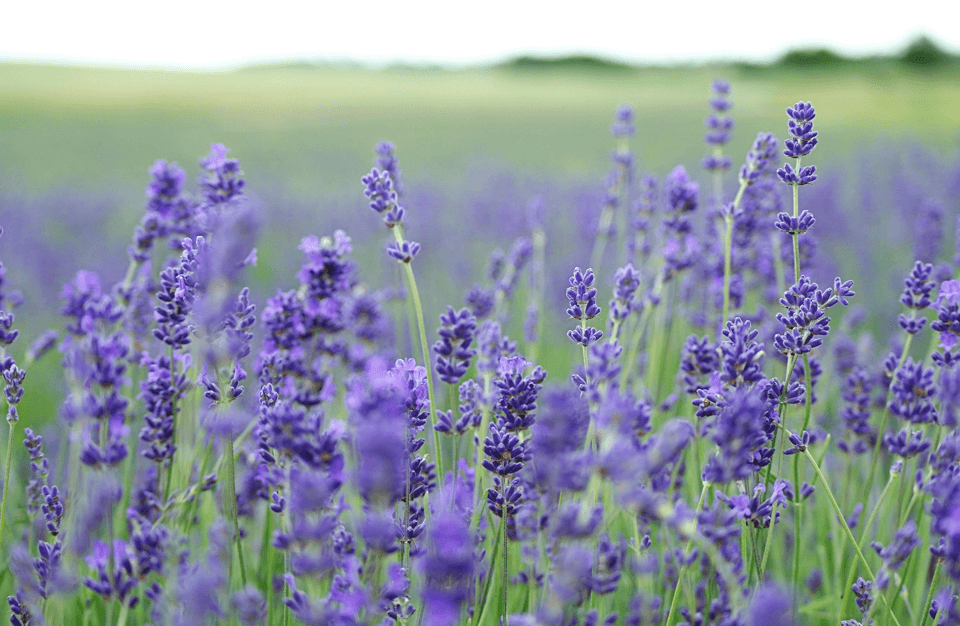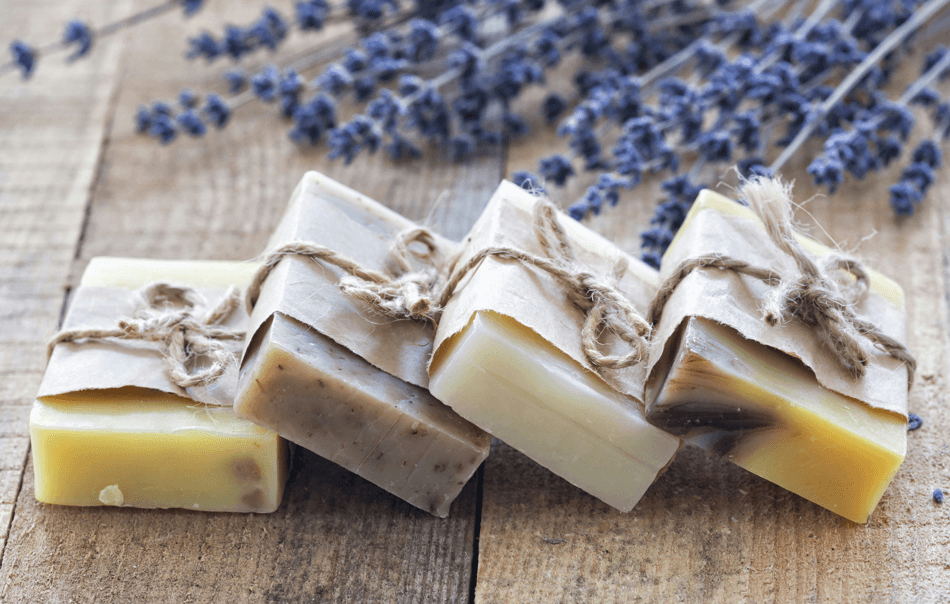Australian Sandalwood: A Fragrant Tale from Down Under

Introduction to Australian Sandalwood
Australian Sandalwood, scientifically known as Santalum spicatum, is a native parasitic tree that grows amidst the semi-arid regions of Western and South Australia. It's an intriguing species that thrives near other trees and grasses, often utilizing the raspberry jam tree (Acacia) as a host.
This hardy tree can adapt to varying soil types, including sandy, loamy, and clay soils but prefers well-drained soil. It usually grows up to 4-6 meters tall, with a crown of grey-green leaves and small purple-brown flowers, attracting insects for pollination.
The Indigenous people of Australia have valued Australian sandalwood for thousands of years, using it as a source of food and medicine, and for ritual burning and carving.
Australian vs Indian Sandalwood: A Fragrance Profile

Both Australian and Indian Sandalwood are renowned for their aromatic qualities. However, there are distinct differences in their chemical compositions and fragrance profiles.
Indian Sandalwood, known as Santalum album, has a rich, milky, sweet, and warm scent that is highly prized, especially in the perfume industry. On the other hand, Australian Sandalwood possesses a balsamic and sweet fragrance with a woody aroma.
It's worth noting that Australian Sandalwood is a cheaper alternative to Indian Sandalwood, making it ideal for mass production and consumer products with smaller price tags.

Harvesting and Conservation of Australian Sandalwood
Harvesting of Australian Sandalwood is strictly regulated to ensure its sustainability. Trees must be at least 25 years old before they can be harvested, which ensures that the young trees are allowed to reach full maturity.
The harvesting process itself is carefully managed to prevent long-term damage that could put the species at risk. For example, harvesting should only take place during the dry season to minimize further damage to already weakened trees.
Additionally, there must be a minimum of three-quarters of foliage left on each harvested tree and no more than 10% of a given area can be harvested in one season.
These measures help ensure that Australian Sandalwood continues to thrive for generations to come. Furthermore, the harvesting process creates employment opportunities in remote areas which is beneficial for local communities.
The Benefits of Australian Sandalwood
Australian sandalwood and Australian sandalwood essential oil has long been used in traditional medicines, aromatherapy, skincare products, perfumes, incense sticks, candles and potpourri.
The essential oil extracted from the sandalwood tree is packed with beneficial properties, making it a great addition to any natural remedy. It is a gentle oil containing antiseptic and anti-inflammatory agents that can be used to treat minor skin irritations, such as acne, eczema and psoriasis. Inhaling the aroma of sandalwood can also have calming and uplifting effects, making it a valuable tool in aromatherapy.
In addition to its therapeutic benefits, Australian sandalwood also has a wide variety of uses when it comes to crafting items such as furniture, carvings and jewelry. The wood is also highly sought after for its unique aroma and is often used as an ingredient in incense, perfumes and cosmetics.

How to Choose the Right Sandalwood for Your Needs
When selecting sandalwood for your needs, it's important to consider the fragrance profile you're looking for.
Indian sandalwood has a sweeter, more complex aroma that is ideal for high-end perfumes and therapeutic remedies. Australian sandalwood has a woodsy, balsamic sandalwood fragrance that is perfect for consumer products and mass-produced items.
It's also important to determine the right processing method that best suits your needs. Sandalwood comes in a variety of forms, such as essential oils, chips, powder and paste, so you'll need to find the one that works best for your application.
Finally, it's critical to source your sandalwood from a reliable supplier. Reputable companies will be able to provide you with the highest quality sandalwood and ensure that it is ethically sourced. This will help guarantee that you get the best possible product for your money. Taking the time to research and select the right sandalwood can make all the difference in getting an effective, high-quality product.
Sandalwood is a versatile and powerful natural resource that has been used for centuries in various cultures around the world. It can be found in many forms, from essential oils to wooden carvings, so you should have no trouble finding an option that fits your needs.
Whether you're looking for a therapeutic remedy or crafting material, sandalwood can be a valuable addition to your collection. With the right selection and sourcing, you can make sure that you're getting the best possible product with the highest quality results.

Usage in Various Industries
These two varieties of sandalwood find extensive applications across a range of industries. They are commonly used in products such as soaps, candles, perfumes, and cosmetics Australian Sandalwood's unique scent profile also makes it an interesting choice for niche perfume creators.
Indian Sandalwood has been widely used in traditional medicine and Ayurvedic practices for centuries. It is known to have antimicrobial, antioxidant, and anti-inflammatory properties. Additionally, both varieties of sandalwood are used in traditional rituals such as offering incense during puja ceremonies.
The essential oils extracted from sandalwood can be used in aromatherapy to improve mental clarity and reduce stress levels. Additionally, the soothing aroma of sandalwood may help in treating headaches, insomnia, depression, and anxiety.
In recent years, Australian Sandalwood has been gaining popularity among luxury furniture makers due to its durability and unique scent profile. The wood is often used as a veneer on fine furniture pieces or for carving intricate designs.
Additionally, sandalwood is widely used in the production of incense sticks and agarbattis, as its highly fragrant smoke is believed to bring a sense of peace and serenity to any space.
Sandalwood paste is an important ingredient in many traditional skincare products such as cosmetic creams and nourishing masks. It can help to reduce the signs of aging and improve the overall texture of the skin.
Sandalwood powder is also a popular choice for facial scrubs, as its granular texture helps to remove dead skin cells and dirt from the surface of the skin. The oil extracted from sandalwood can be used to moisturize dry patches on the skin or treat areas suffering from eczema or psoriasis.
In recent years, sandalwood has become a popular choice for the production of natural perfumes due to its unique scent profile. Its woody and powdery aroma blends well with floral fragrances such as rose and jasmine, making it an ideal base note in many perfume formulations.
Sandalwood is also used to add a unique depth of character to classic men's colognes and aftershaves.
It can also be used as an ingredient in food and beverages, providing a subtle woody flavor to sweet and savory dishes.
Additionally, sandalwood essential oil is believed to have numerous medicinal properties, including antiseptic, anti-inflammatory, and analgesic effects. It is often added to herbal teas and tinctures or used for aromatherapy treatments.
When used directly on the skin or hair, sandalwood essential oil should first be patch tested to ensure that no irritation occurs. It can be diluted with a carrier oil such as jojoba, sweet almond or coconut oil if desired.
Overall, sandalwood is a versatile material that has been used in many different applications over the centuries. From furniture making to skincare products and food items, it is sure to remain an essential part of our lives for generations to come.
Environmental Aspects and Sustainable Practices
The Australian Sandalwood industry has a proven commitment to sustainable practices. For instance, plantations in Western Australia use Acacia trees as the primary host for sandalwood, allowing it to grow without depleting the land. Additionally, the Forest Products Commission manages about 6,000 hectares of sandalwood plantations across various regions.
Current Trends and Controversies
The Australian Sandalwood industry has seen a significant boom, with the first recorded plantation established in the 1990s, making Australia home to an estimated half of the world's sandalwood supply. However, this rapid expansion has also sparked debates around ethical sourcing and its impact on Indigenous communities.
In addition, there have been numerous reports of illegal harvesting and smuggling of sandalwood. With the increasing demand for the product, governments and industry leaders are actively working towards better traceability and supply chain transparency.
Finally, the rising popularity of natural skin care products has also seen an increase in demand for sandalwood essential oils over the past few years, with many brands focusing on using only ethically sourced and sustainable ingredients.
Australian Sandalwood offers a unique aroma profile that can lend an exotic touch to perfumes, candles, and soaps. However, it is crucial to ensure that these products are sourced sustainably and ethically. As consumers, we can contribute by choosing products from companies that adhere to responsible sourcing and forestry practices.
Conclusion
Australian Sandalwood offers a unique aroma profile that can lend an exotic touch to perfumes, candles, and soaps. However, it is crucial to ensure that these products are sourced sustainably and ethically.
In an era when the availability of Indian Sandalwood Oil (Santalum alba) is dwindling, Australian Sandalwood Oil emerges as a more environmentally responsible option, boasting similar therapeutic properties and fragrance.
As consumers, we can contribute by choosing products from companies that adhere to responsible sourcing and forestry practices.
Conclusion
Australian Sandalwood offers a unique aroma profile that can lend an exotic touch to perfumes, candles, and soaps. However, it is crucial to ensure that these products are sourced sustainably and ethically.
In an era when the availability of Indian Sandalwood Oil (Santalum alba) is dwindling, Australian Sandalwood Oil emerges as a more environmentally responsible option, boasting similar therapeutic properties and fragrance.
As consumers, we can contribute by choosing products from companies that adhere to responsible sourcing and forestry practices.





